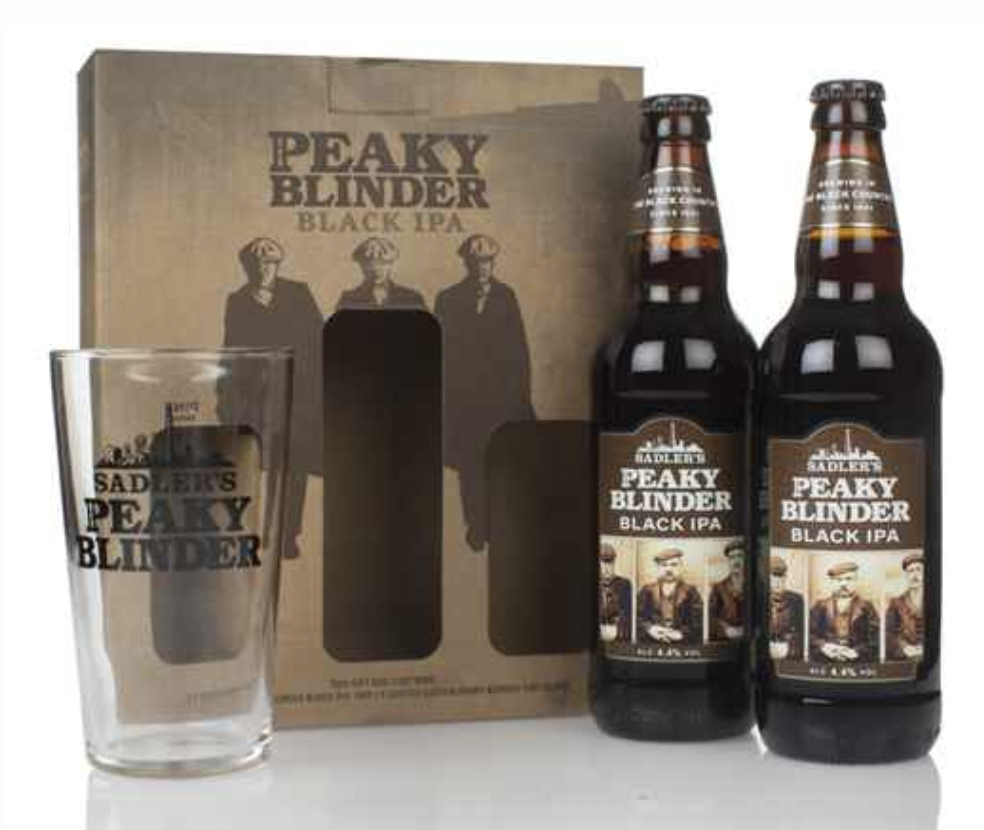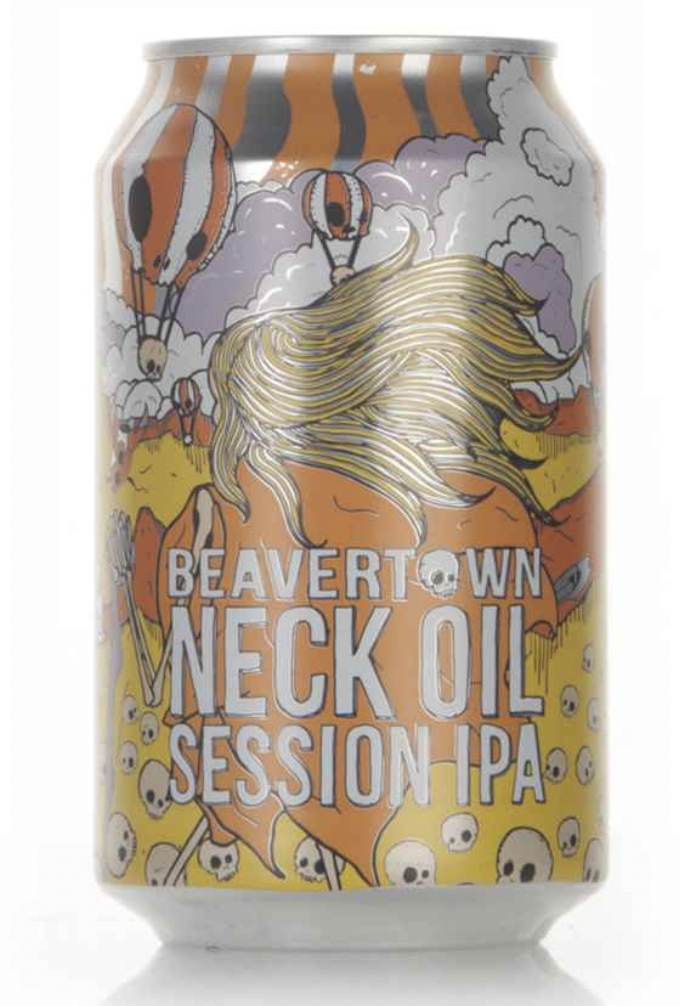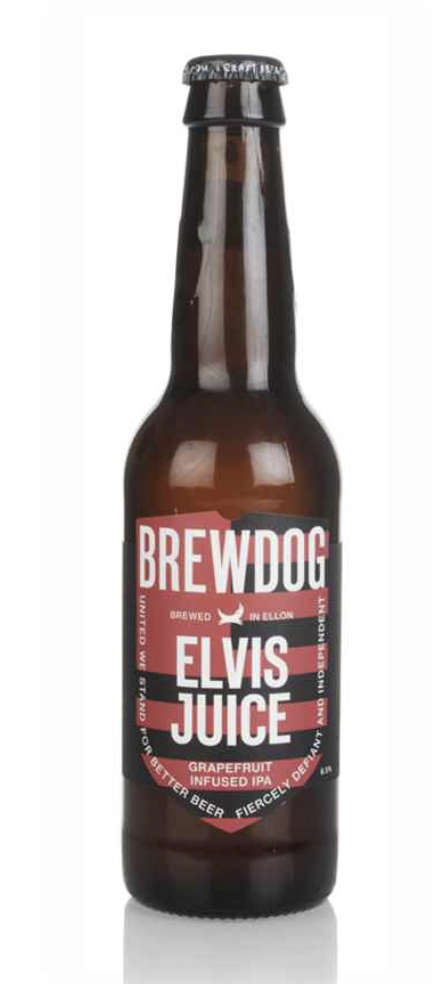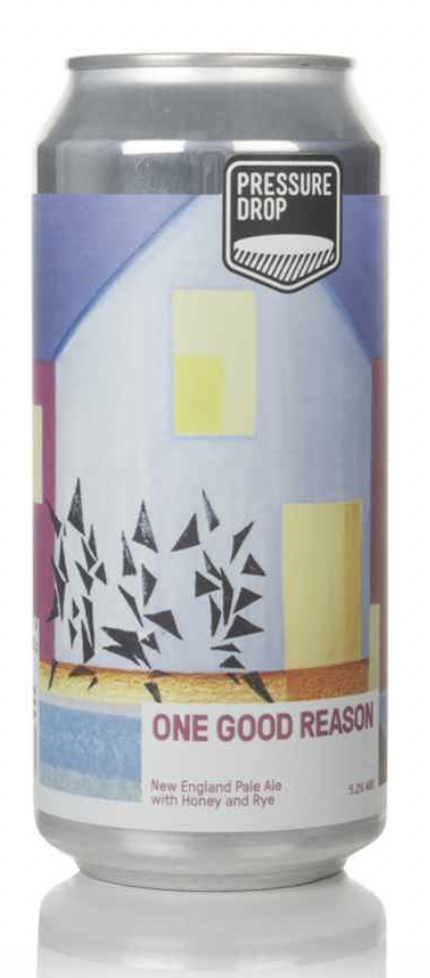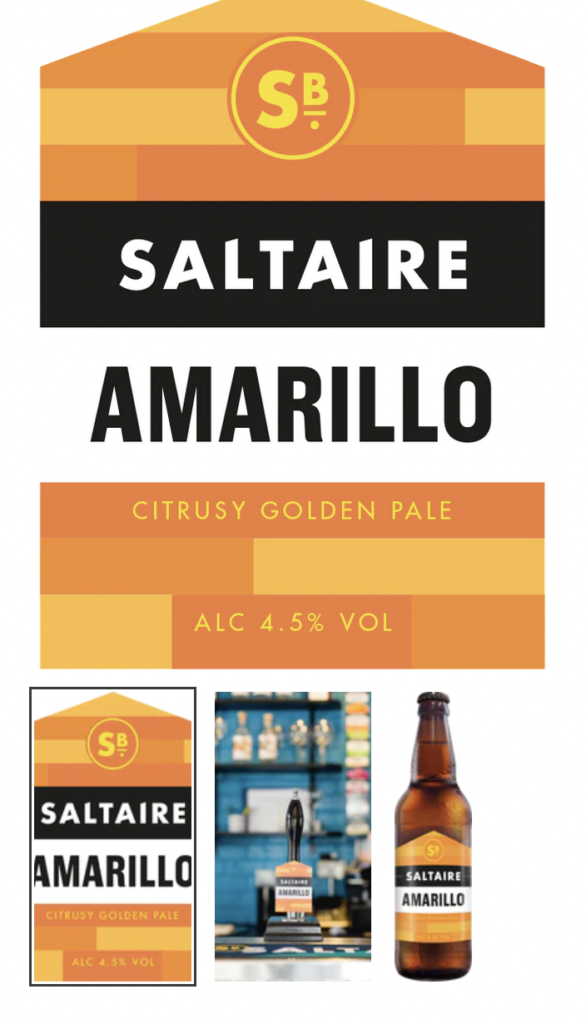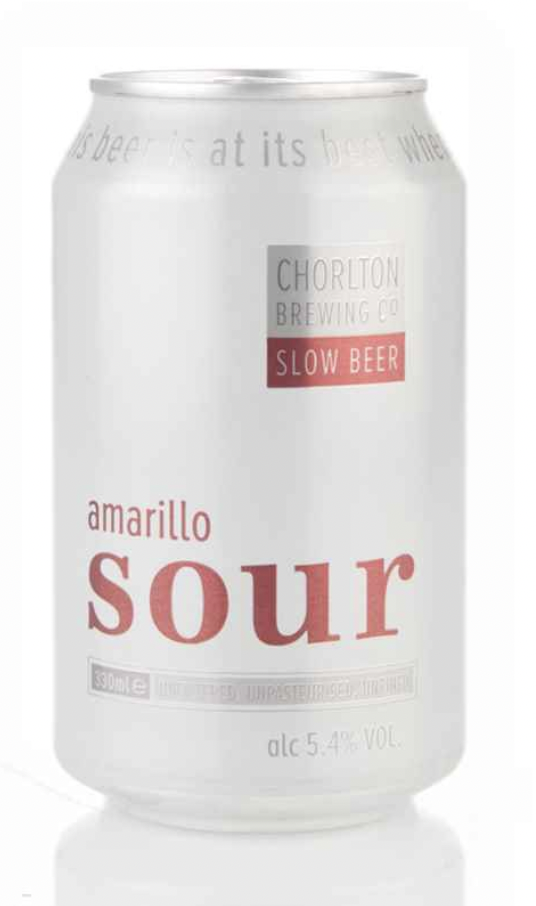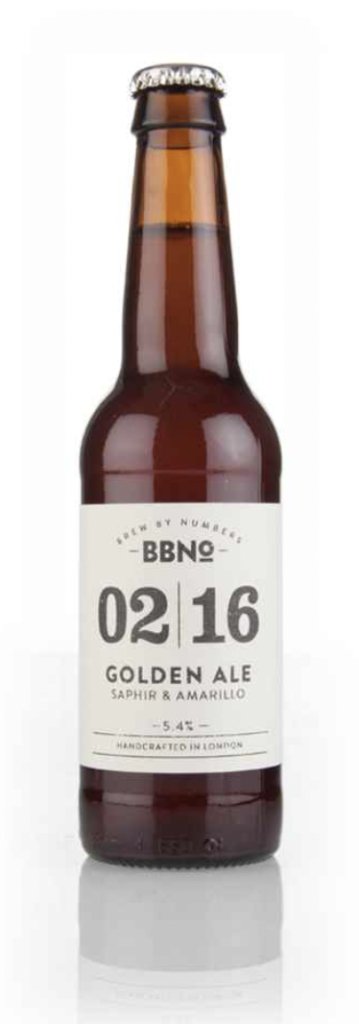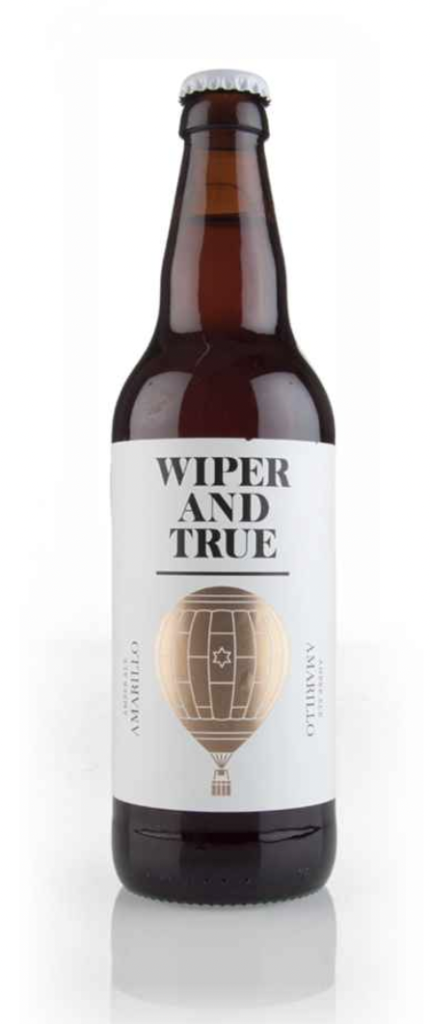The AMARILLO® legend
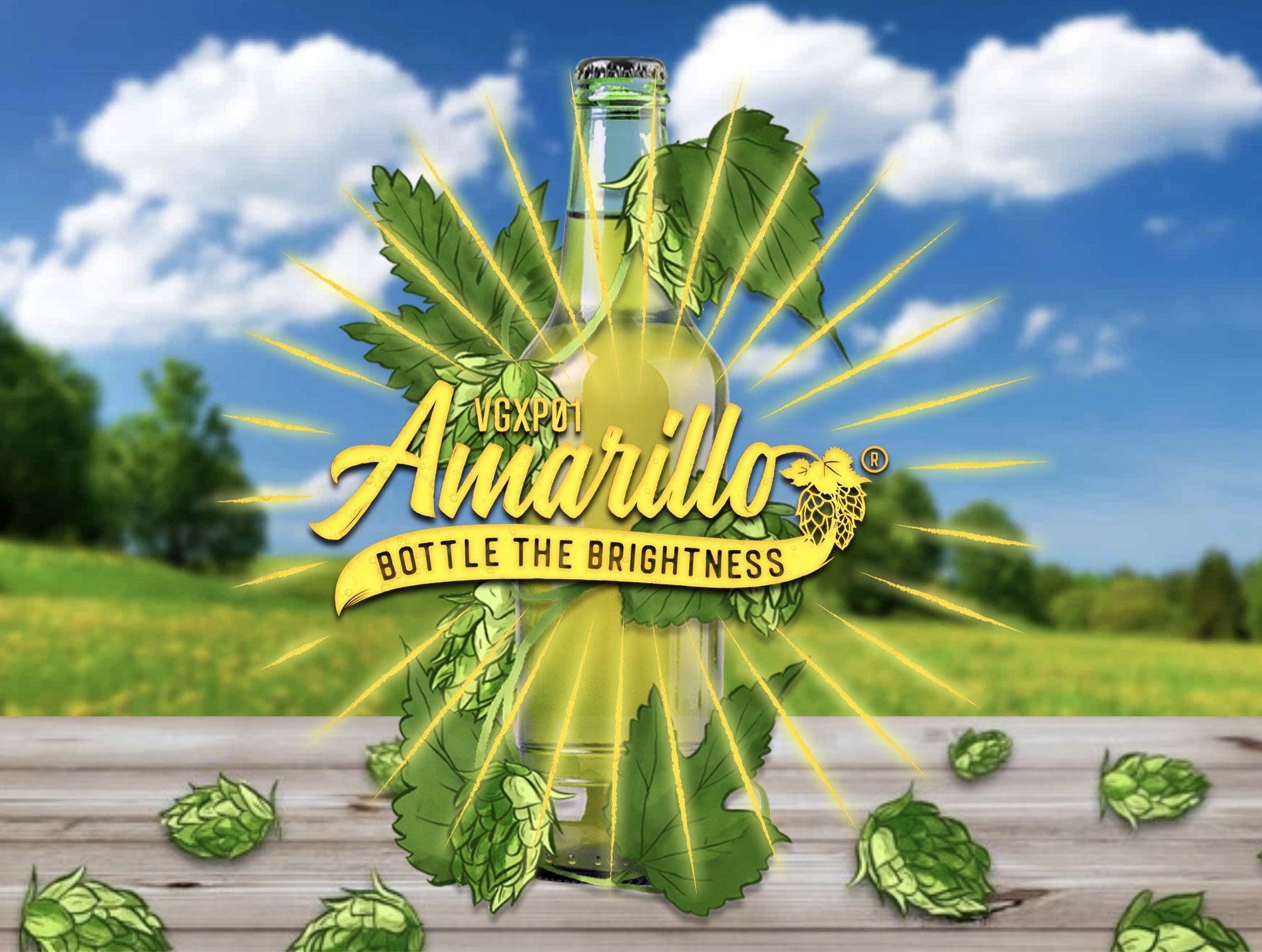
You can't have missed the Amarillo®. You can't. In conventional as well as in Organic, it is a rock star of US and European craft beers. We've loved it from the start too, so it's about time we told you more!
Where does it come from?
The story goes that theAmarillo® was discovered on Virgil Gamache Farms (formerly Sunshine Ranch), circa 1930′. So on this farm:

Here:
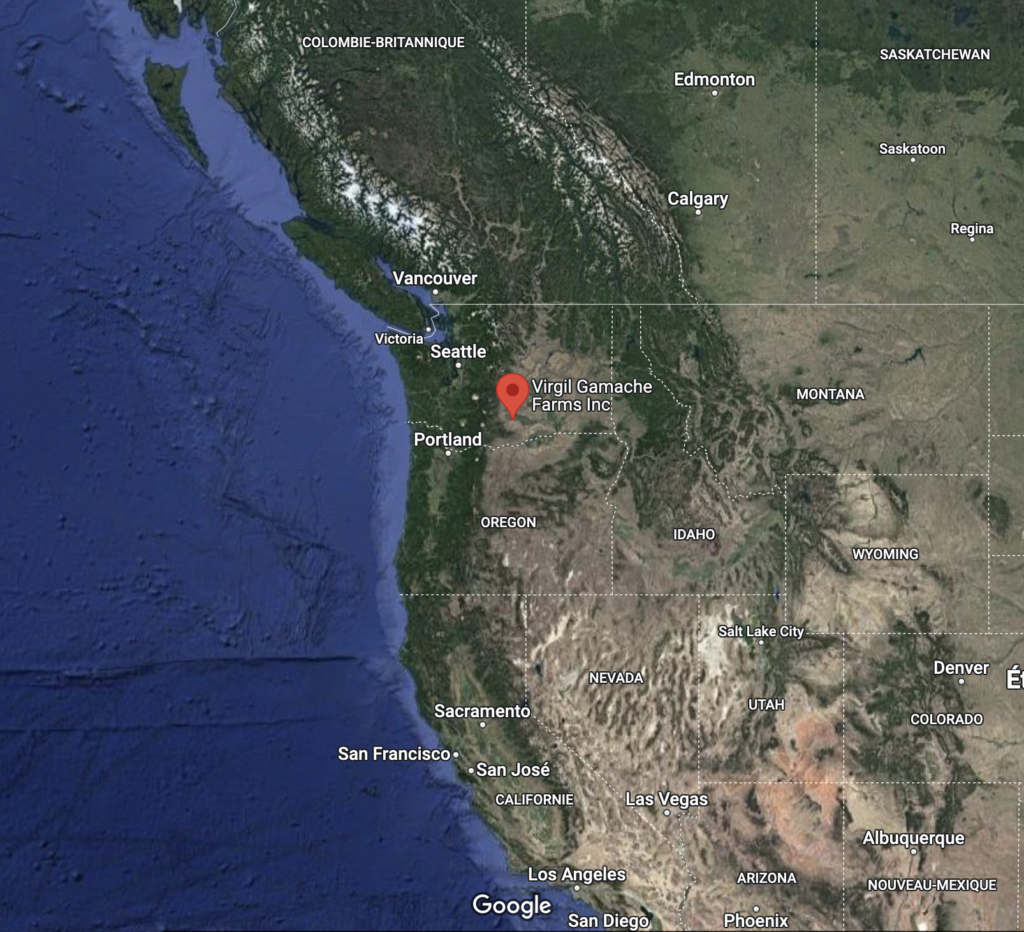
Just imagine, it was growing there, quietly, on their land! It crossed and stabilised itself to create this sublime variety. Mind you, it's right there, if so many hops grow in this area - Oregon, Idaho, Washington and Montana - there's a reason 😉
Although many people think that Amarillo® only grows on this farm, it is interesting to note that today it is produced in Washington State, but also in Oregon, Idaho and even in Germany (conventionally).
While varietal development is usually counted in dozens of crossbreeding trials to find a variety that is both organoleptically rich for the brewer's pleasure, with good yields and iron health to resist disease, for the producer's happiness, and therefore counted in decades and millions of dollars, theAmarillowas just sitting there, quietly. Incredible... A legend, this hop, it leaves you wondering...
Who is he?
Dan Woodske, in his Hop Variety Handbook (a small self-published book by this American brewer that collects and presents 110 hop varieties he likes), writes about theAmarilloIf you can find it, buy all that you can!"If you can find it, buy all that you can! The exclamation mark is part of the quote, it sets the tone!
One of the specificities of this hop, and it is so rare that it deserves to be underlined, is thatit tastes what it smells. Forgive the wording but it has the advantage of saying what it means. Usually hops offer a nose AND a flavour. This is what makes them so rich because it allows brewers to play with a wide range of flavours. The other side of the coin is that it also makes it quite complex. Here it's simpler, more direct, more obvious: what you smell, you taste. Full stop. That too builds the legend...
Its very high level of myrcene oils - there is an article on hop oils to help you understand this - of nearly 70%, gives it delicious citrus aromas, particularly of orange. It is for this very characteristic touch that it is best known and appreciated.
How do I use it?
It is a "DUAL" hop, so you can use it as Aromatic and/or as Bittering. Substitutes are Cascade (forAromatic citrus), Centennial, Summit, Ahtanum, Chinook.
Usually added at the end of boiling or dry hopping, it will bring you all its specific flavours.
And for the types of beers, it's open bar, just choose: IPA, AIPA, APA, American Wheat, Bitter, Wheat Beer, Red Ale, Pale Ale,... Some examples in the gallery below:
To go into more detail and if you are curious, BrewingBeer(this site is great for recipe inspiration depending on your hops) offers a recipe, tested, for a Wheat Ale withAmarillo which he called "Amarillo Wheat", overview below:
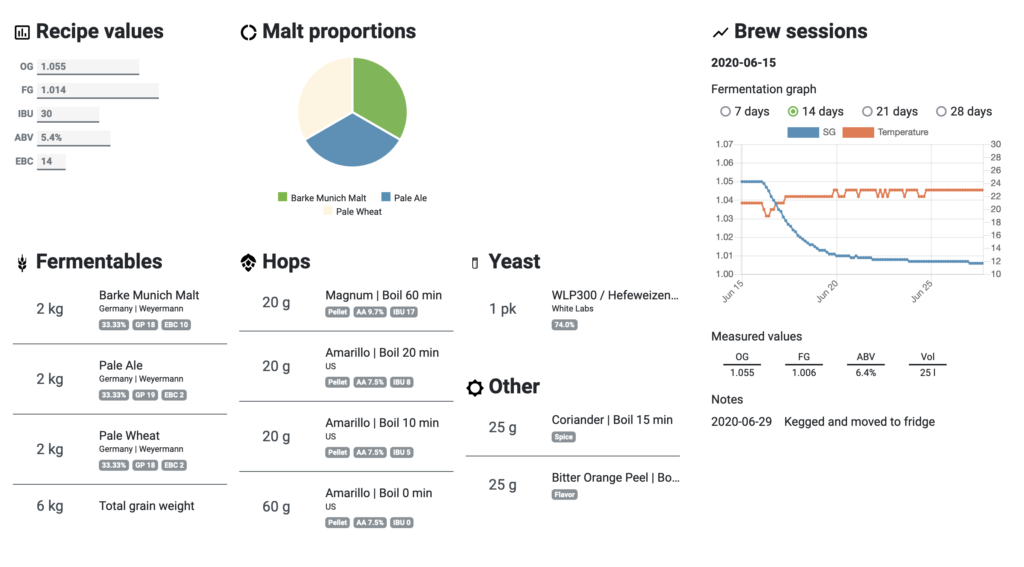
In short, it is an all-purpose hop: not too "in your face" to be able to blend with many other hops in your recipes, while offering enough character - depending on the dosage - to give your beers a remarkable note. A must have!
Available in SPOT and on contract at HOPSTORE, don't wait any longer! We are proud to work with Virgil Gamache Farms - yes, they are the ones - to offer you this product for 4 years now, directly from the producer!


